10 Greatest Horror Games That Never Left Japan
Over the years, Japan has graced the west with a wide variety of magnificent and influential horror video games. A few notable titles are Silent Hill, Fatal Frame, and Resident Evil. Japanese horror games are also important in how they’ve significantly impacted the video game community as a whole over the years.
Japanese horror games have transformed the way we think about the horror game genre as well, a majority being influenced by folktales and even Western media. Unfortunately, not all Japanese horror games got released out of the country — turning these games into obscure and overall niche pieces of media. But, despite their obscurity, these types of horror games remain to be some of the greatest additions to the horror video game community.
10/10 Echo Night 2: The Lord Of Nightmares (1999)
Echo Night 2 is FromSoftware’s continuation of the Echo Night series; however, it isn’t a direct sequel to the first game as its story is entirely independent. But, with similar game mechanics of a first-person perspective and no combat, Echo Night 2 doesn’t deviate too far from its predecessor.
Only being officially released in Japan, Echo Night 2 was sought out by many western Echo Night fans for many years before the beloved fan translation in 2015 came out, showcasing its more linear and oddly relaxing atmosphere that slightly differed from the first game.
9/10 Kowai Shashin (2002)
Many iconically will claim that Kowai Shashin is a cursed game. Besides its haunting premise that is reminiscent of the Fatal Frame series, there are urban legends about the development, such as a developer having used real ghost-sighting photos.
Besides the urban tales, Kowai Shashin itself is pretty challenging and terrifying in its own right. Real-life photos fill the screen as you attempt to exorcise ghosts within them with timed button events. Ultimately, it’s Kowai Shashin’s obscurity (and no English translation) that makes it feel so enticing to try out.
8/10 Night Of Sacrifice (2011)
Ikenie no Yoru (Night of Sacrifice) was a Square Enix game that utilized a combination of the Wii Remote, Nunchuk, and the Wii Balance Board. Following five teenagers who explore a haunted mansion, the player has no weapons and instead has to run away from the ghosts to try and stay alive.
Night of Sacrifice isn’t entirely regarded as terrifying, but it certainly has its moments. Merely being touched by the ghosts leaves you defenseless, killing you instantly. Overall, for those who love unique controls and exploring with touches of jump scares, Night of Sacrifice is definitely worth trying.
7/10 Nameless Game (2008)
Published by Square Enix for the Nintendo DS, Nanashi no Game (Nameless Game) is a first-person survival horror that explores the story of a university student who becomes cursed by playing the Nameless Game — which leaves the person with only seven days to live.
Throughout Nameless Game, you must solve puzzles while also interacting with the real world around you. With two possible endings depending on whether you collected all the special items, Nameless Game offers a lot of immersive gameplay with a soundtrack composed by Masayoshi Soken (composer for MMORPG Final Fantasy XIV and RPG Final Fantasy XVI).
6/10 …Iru! (1998)
Similar to Clock Tower and Echo Night, Iru! is a low-budget, inventory-based survival horror for the PS1. The story accompanies high school students and teachers who find out they’ve been locked inside the school overnight — soon discovering they aren’t alone.
Throughout Iru!, we must wander the halls to solve puzzles and hide from monsters during chasing sequences. The game’s darkened color scheme and nostalgic PS1 graphics make its Lovecraftian story feel simply terrifying. And thanks to twelve years in development for a fan translation, we can now experience the game for ourselves.
5/10 Twilight Syndrome (1996)
Twilight Syndrome (also known as Twilight Syndrome: Tansaku-hen) is a side-scroller that perfectly encapsulates a fantastic horror game created through simple means. Tansaku-hen is the opening to the Twilight Syndrome series, and it uses this initial opportunity to define its unique stylistic traits.
In Tansaku-hen, we follow the story of three girls who explore a school after dark, aspiring to uncover dark secrets. Throughout the game, we must travel around to uncover these secrets. Each progression we make is defined as “rumors” that lead us toward a good or bad ending.
4/10 Clock Tower: The First Fear (1995)
Being the first official Clock Tower game in the series, Clock Tower: The First Fear was the beginning of Human Entertainment’s journey into developing one of the most beloved Japanese horror video games. Interestingly, The First Fear is the only Clock Tower game that never had a release outside of Japan.
Inspired by Italian horror film director Dario Argento, it tells the story of Jennifer Simpson as she cautiously navigates through a mansion to find out the true intentions behind a mysterious woman, all the while being frighteningly pursued by the iconic antagonist: Scissorman.
3/10 Sweet Home (1989)
Being mainly known for serving as the foremost inspiration for the Resident Evil series (among inspiring many other games as well), Sweet Home is a horror RPG that’s reminiscent of classic arcade games.
Based on the film of the same name, Sweet Home follows five filmmakers as they explore an old mansion to uncover precious paintings. The gameplay emphasizes puzzle-solving and inventory management as means to help you survive. The game has also been considered a landmark and regarded as the groundwork behind the survival horror genre.
2/10 LSD: Dream Emulator (1998)
LSD: Dream Emulator is considered one of the rarest and most obscure Playstation games out there, as only a few copies were sold. It was an experimental project that gave its players astral visuals as they explored various surreal environments without any true objectives.
LSD: Dream Emulator is rather dreamlike as the entire game takes place from a first-person perspective. All of its 3D aspects and vibrant color schemes pull you in as each day marks as a new dream — each dream building off of one another with new textures and elements.
1/10 Mizzurna Falls (1998)
Reminiscent of the TV series Twin Peaks, Mizzurna Falls is an open-world game that focuses on Matthew Williams as he goes to search for a lost classmate in their small, rural town. The game is known for being one of the first open-world games, as each NPC has its own schedule. You play in real-time, all while there are only seven days to figure out the mystery.
Despite Mizzurna Falls not having the best ratings during its release, the game is now a cult-classic; now able to be enjoyed by many outside of Japan thanks to a fan translation from 2020.


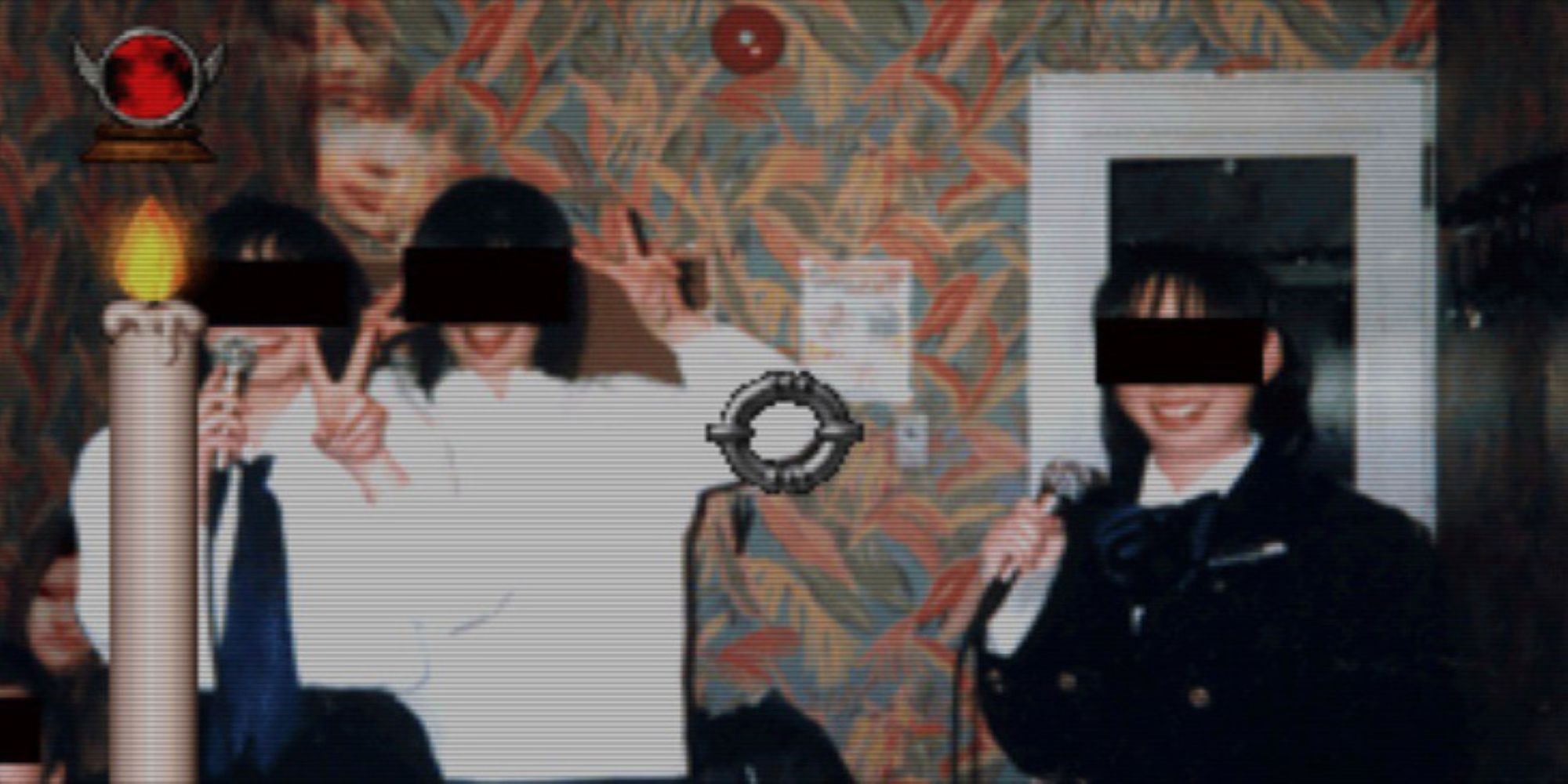


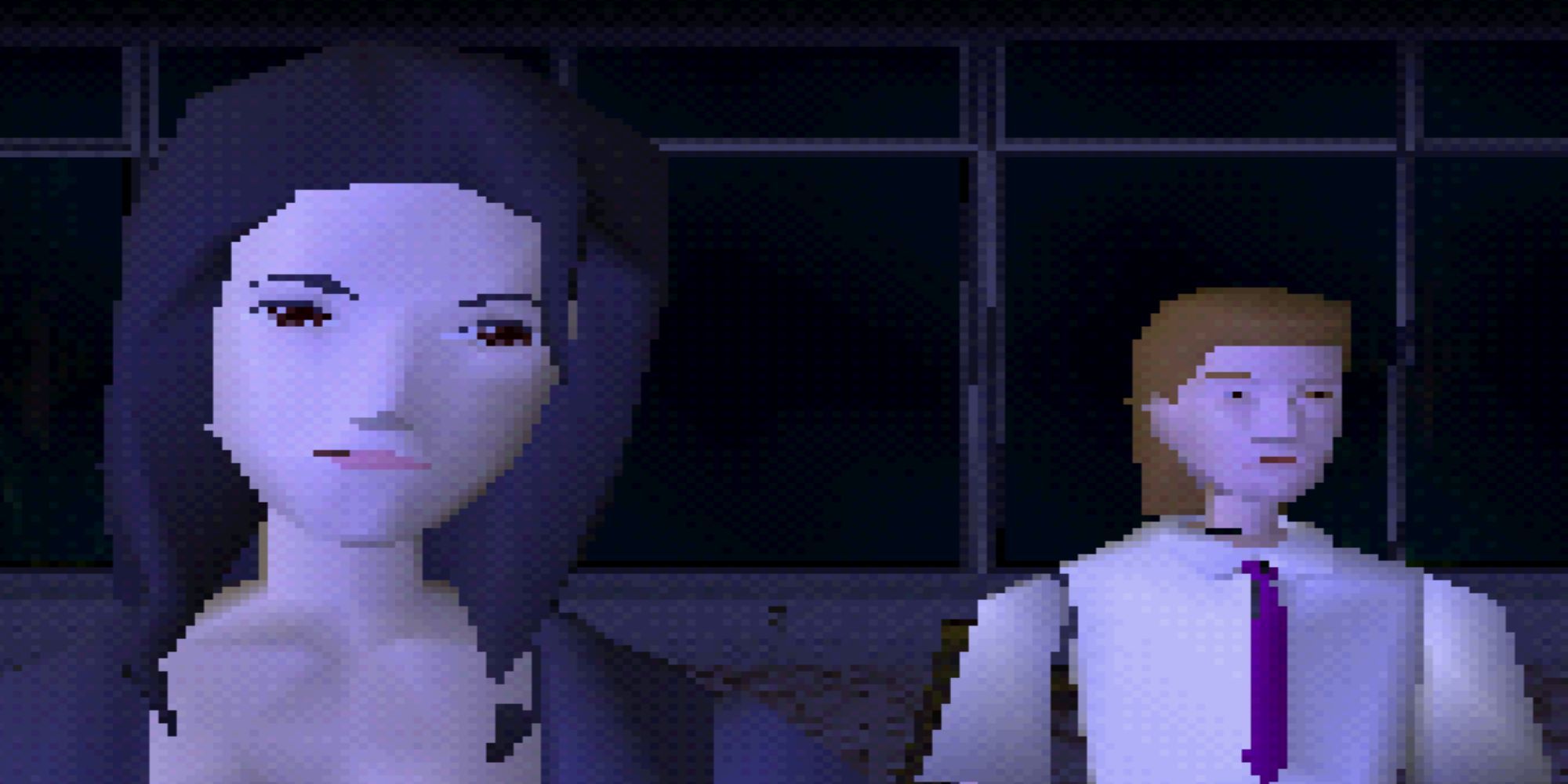
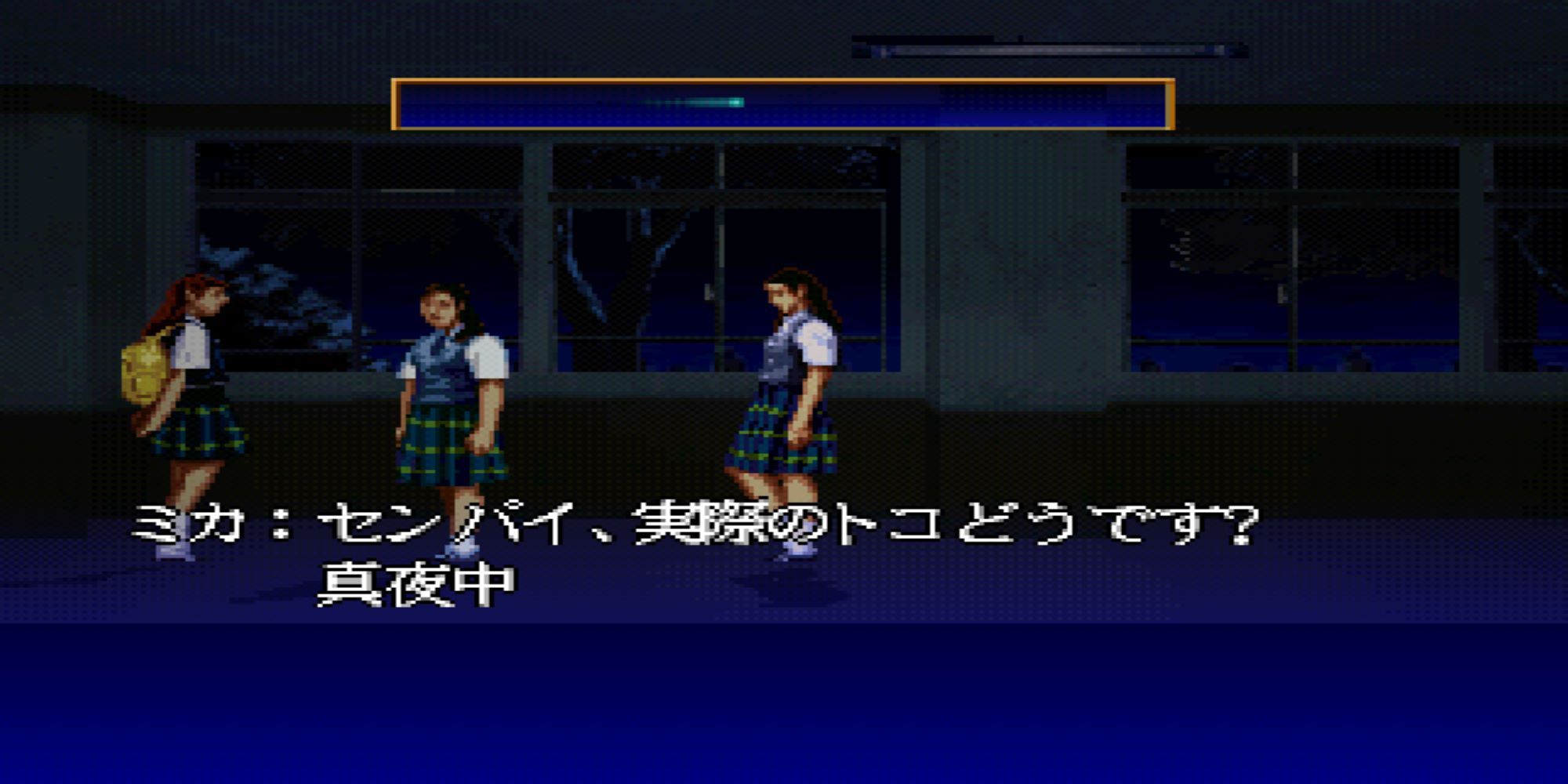

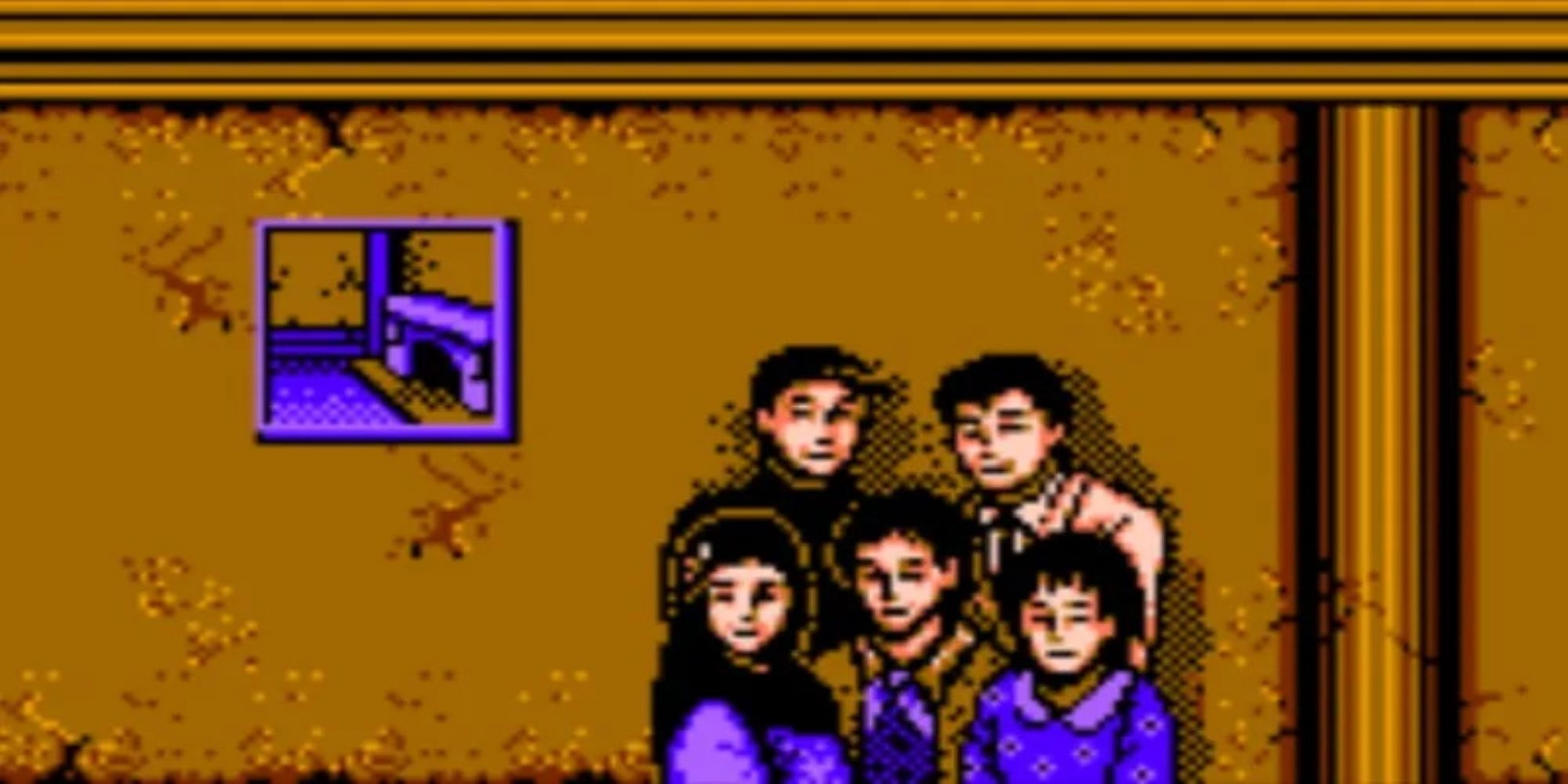
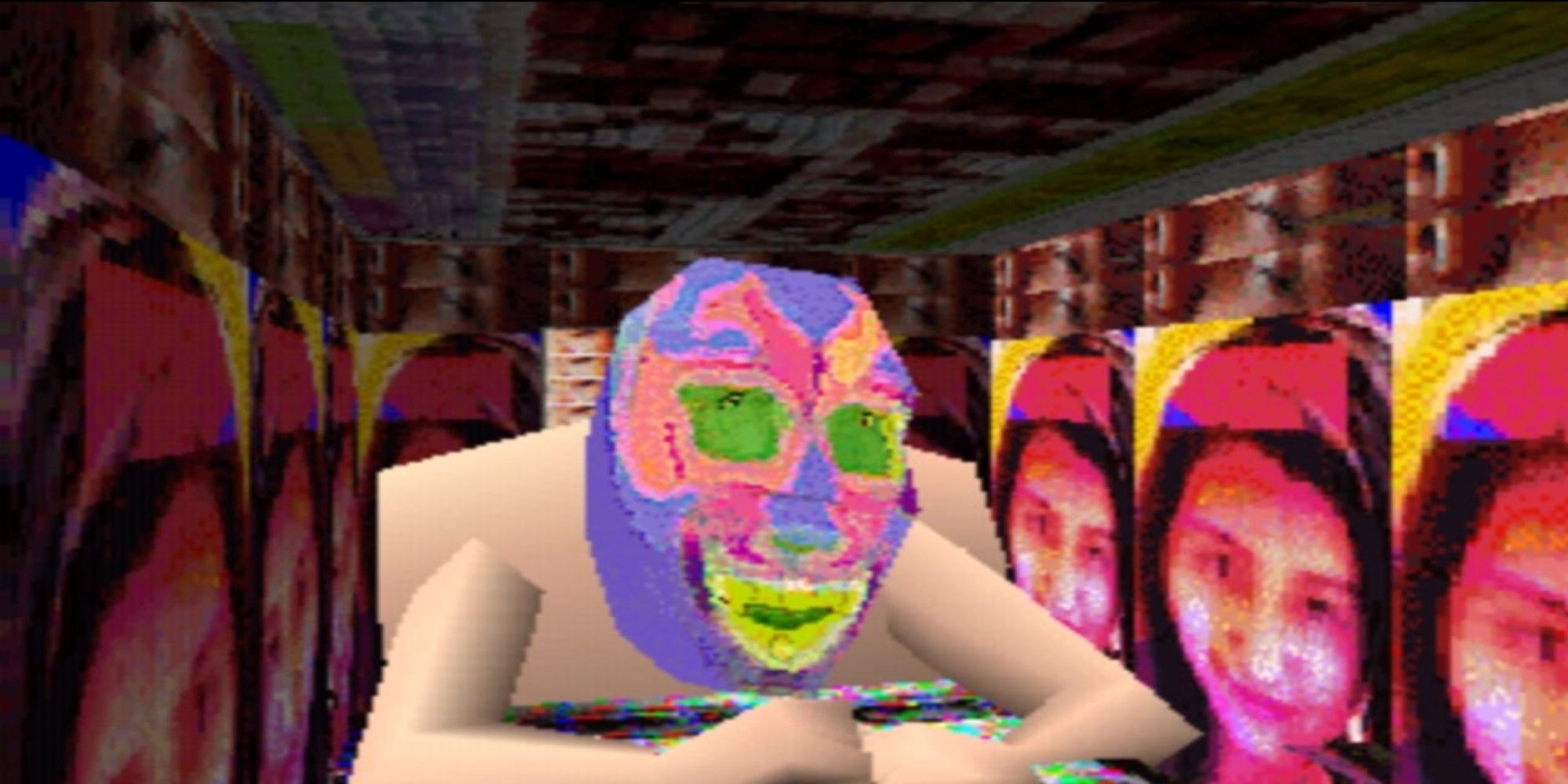
.jpg)
